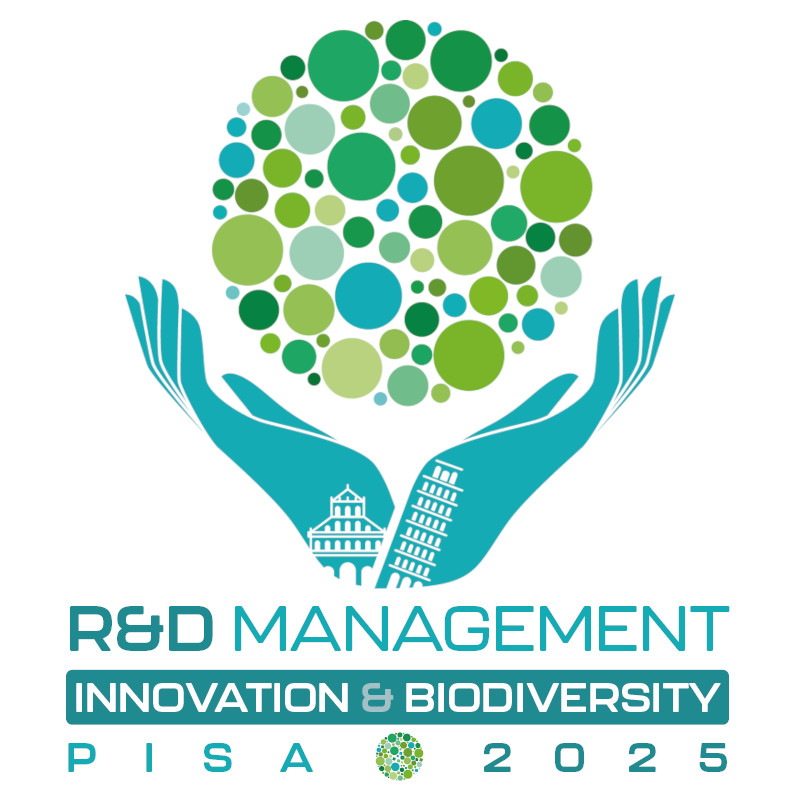Increasingly a mission-oriented approach to research and development is being used to address global grand challenges. Ana Paula Paes Leme Barbosa from Escola Politécnica, Departamento de Engenharia de Produção, Universidade de São Paulo, is chair of track 6.4 at the 2025 R&D Management Conference. She and her co-chairs – Jacob Brix, Mario Sergio Salerno and Gina C. O’Connor – explain how in a complex world this approach offers many benefits.
What is mission-oriented research?
Mission-oriented research uses a systematic approach to achieve a specific goal. The ambition is to aim high, be innovative and move fast.
The mission should be defined in terms of economically feasible technical solutions to a clearly defined problem. As Mariana Mazzucato, Special Advisor to the European Commission’s Commissioner for Research, Science and Innovation, explains: “Missions should be broad enough to engage the public and attract cross-sectoral investment; and remain focussed enough to involve industry and achieve measurable success. By setting the direction for a solution, missions do not specify how to achieve success, rather, they stimulate the development of a range of different solutions to achieve the objective.”




Mission-oriented approaches share a number of characteristics:
- Well defined – a more granular definition of the technological challenge facilitates the establishment of intermediate goals and deliverables, and processes for monitoring and accountability.
- Sharing of results – the diffusion of results is a central goal and is actively encouraged
- Direction of technical change is influenced by key stakeholders – including government, private firms and consumer groups
- Both radical and incremental innovations included – to permit a large number of firms to participate
Finding resolutions to complex problems
Mission-oriented approaches can be used in many contexts.
Ana Paula Paes Leme Barbosa and her colleagues say: “We have been promoting a track on Strategic Innovation Management at the R&D Management Conference since 2019. Each year, we work together to identify a theme that aligns with emerging interests among the academic community and is central to improving managerial practice. We also strive to include diverse perspectives by assembling a team of track chairs from the USA, Denmark, and Brazil.
“While we often focus on disruptive innovations, this year’s theme – biodiversity – emphasises that the context itself can be disruptive.
“So, this year, we are focussed on mission-oriented research and innovation as this is seen as a viable approach to find resolutions to complex problems.
“In these situations, success depends on the ability of companies, and other ecosystem actors, to address this complexity and co-create meaningful progress. However, such forms of collaboration can be difficult to initiate, and they are often time consuming, when compared to traditional approaches to collaborative and open innovation.
“To help us address this challenge, we have assembled a group of researchers who specialise in strategic innovation, each bringing a unique focus to their studies.
“Our sessions consistently feature engaging discussions that aim to inspire new cycles of research among participants. This collaborative and global approach allows us to foster a richer understanding of the challenges and opportunities in strategic innovation.”
How do you think that ‘biodiversity’ offers an opportunity for innovation?
“Biodiversity presents a vast unexplored universe, offering immense opportunities for innovation,” Ana Paula continues. “It serves as a repository of inspiration, knowledge, and solutions for addressing some of the world’s challenges. In this exploration of the unknown, we can learn from nature’s mechanisms, adapt its strategies, and discover groundbreaking solutions to the problems we face.
“For instance, see the Brazilian bioethanol program and the agroforestry production systems in the Amazon region, preserving the forest. Also, biodiversity inspires biomimicry and drives advancements in materials science, pharmaceuticals, and agriculture. Compounds derived from plants, fungi, and marine organisms have led to revolutionary medicines, while biodiversity-focused agricultural practices, such as crop diversification and soil restoration, contribute to food security and sustainability.”
However, she warns that despite the vast opportunities biodiversity offers for innovation, there are challenges (“caveats”) that must be considered. “One of the main issues is ensuring fair and ethical access to biological resources, especially in regions with rich biodiversity, such as the Amazon. Improper exploitation can lead to biopiracy, where natural resources are used without benefitting local communities that have historically preserved these ecosystems.
“Another critical concern is the risk of overexploitation. The pursuit of innovation must not place additional pressure on already threatened species and habitats, must not exacerbate conservation problems rather than solving them.”
Role of regulation
The UK and EU have recently introduced mandatory reporting of environmental impacts and of the actions that firms are taking to reach Net Zero goals. Ana Paula argues that when implemented correctly regulation can be driver for innovation.
“If regulation is thoughtfully designed and aligned with addressing critical societal challenges, then it can serve as a promoter of important societal issues, which can be central when ‘choosing’ the concrete mission. If the regulation does more than enforce compliance, it may create a framework that incentives organisations to rethink their strategic direction and hence (re)direct innovation orientation. Thus, regulation can indeed drive important innovation efforts, particularly when it is thoughtfully designed and aligned with addressing critical societal challenges.
“However, for regulation to truly catalyse innovation, there is a need for the articulation of diverse stakeholders to enable strategic and impactful outcomes. Transparency, while crucial for facilitating information sharing, is only one piece of the puzzle. Advancing various mechanisms, such as identifying core competencies, integrating knowledge across sectors, and coordinating activities, is essential for fostering meaningful innovation.
“Here, effective management plays a pivotal role in ensuring that the intentions behind regulation are translated into actions that will lead to impactful results. By aligning the efforts of businesses, governments, and other ecosystem actors, regulation can inspire organisations to be creative and proactive in developing solutions that address both compliance and broader societal goals. An important aspect of such alignment is the ability to navigate in stakeholder collaborations where there might be conflicting goals and values. In other words, stakeholder alignment is not to be taken for granted, and this is also a theme that we are particularly interested in.
“When regulation is supported by collaboration and robust management practices, it can become a powerful tool for driving innovation. However, one of the challenges of regulation lies in the risk of stifling innovation if it is overly rigid or poorly designed. Excessive compliance costs and bureaucratic barriers can limit flexibility and discourage experimentation. Additionally, regulations that are misaligned with industry realities may create distortions, disincentivizing investments in strategic areas or favouring larger corporations over smaller, resource-constrained firms.”

R&D Management Conference 2025:
Innovation & Biodiversity
Institute of Management of Scuola Superiore Sant’Anna, Pisa
30 June – 2 July 2025
Track chair: Ana Paula Paes Leme Barbosa, Escola Politécnica, Departamento de Engenharia de Produção, Universidade de São Paulo
Co-chairs:
Jacob Brix, Aalborg University Business School and Norwegian University of Science & Technology
Mario Sergio Salerno, Escola Politécnica, Departamento de Engenharia de Produção, Universidade de São Paulo
Gina C. O’Connor, Babson College

